The significant aspect of the little headland of Reis Magos jutting out at the north end of the sandbar was the defeat of a Muslim outpost by Albuquerque in 1510 during one of his battles wherein Bardez was added to the Portuguese territory and a fort built in 1551 which held a very important position.
It was later rebuilt in 1703 which was of obvious importance in 1739 when the Marathas took over the whole of Bardez with only the Aguada and Reis Magos Fort standing out on the northern bank of Mandovi.
The fort has intensive high sloping walls on its sides looking out towards the river Mandovi judging by its position on a steep slope wherein a walled corridor links the main fortress with the anchorage of the river. The water supply is provided from a fresh water spring within the fortress and it has many underground rooms and passages. The distinctive feature of the fort being the decorative bastions with cylindrical turrets looking out towards the river.
The fort is now being used as a prison and is a significant landmark from the Mandovi and many other places opposite the shore. The white church fa�ade besides the fort is also prominent. The church is especially important from the point of view that this part of the village and the fort has got its name “Reis Magos” from it which symbolizes the Magi Kings, i.e the Three Wise Men who went to Bethlehem after the shining star to bestow their gifts towards the Infant Jesus.
The 1st church was built in 1555 here when the Franciscans who were the Missionaries set about converting the people of Bardez with great surge and enthusiasm. A school and a seminary formed a part of the church later. Named after St. Jerome, it competed with the efforts of the Jesuits at Old Goa and Rachol as it was an important center of learning after St. Paul’s at Old Goa. Some viceroys stayed here while some of them were at the Adil Shah palace across the river, the purpose of staying here was served when they had to sail upstream towards the other side to assume office or when they had to depart for Portugal. Three of them could not fulfill their mission, as they died and were buried here itself. The learning center no longer exists, but the church remains as a golden landmark with its fa�ade distinctive from the position of the church atop a flurry of steps with the full width of the church running across the riverbank. The breadth of the church is enhanced by five doorways while slender Corinthian columns which divide the compartments provide the grace to its simplicity with its already strengthened impression through the high scroll decorated gable and an insignia of its crown adds to the royalty and dignity of this wonderful church of Goa.
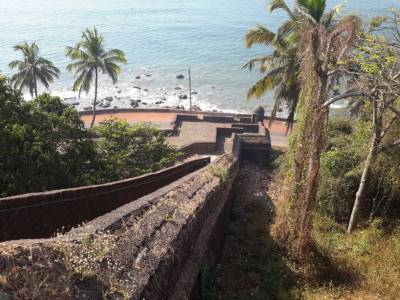
Since the church having being built on the site of a Hindu temple as per common practice of the Portuguese, it has obvious strategic and historical references with evidences leading to the lower end of the stone balustrades on each side of the church steps wherein figures of lions are engraved which signify the presence of Hindu temple ruins as these decorations were normally used for Hindu temples in South India and in Vijayanagar architecture in the 14th and 15th centuries.
A small shrine near the foot of the steps of the church dedicated to Our Lady of Health is erected on the site where Albuquerque had captured a Muslim outpost in 1510. Within the church restored in 1771, a dominant feature is a polychromed wooden panel of three gifts of gold, frankincense and myrrh offered to Infant Jesus seated on a kneeling Mother Mary. This wooden panel is placed on a reredos above the large central space containing the tabernackles surrounded by the four evangelists, which makes it all the more interesting and worthwhile watching it.
In the church corridor, an impressive carved slab on the right of the altar along the church side marks the burial place of one of the greatest Portuguese Viceroy, Dom Luis de Ataide. The Portuguese were to be evicted in 1570 when three Muslim states plotted together against the young Portuguese King and besieged Goa on all sides with a formidable army of 1,00,000 troops and 2000 elephants. The Portuguese army strength being only 7000 proved to be of no match against them and the glory of golden Goa was short-lived. The Portuguese Viceroy Dom Luis de Ataide held out administration for another term but not for long as he died soon after assuming office in March in 1581 mostly due to heartbreak over the news of the death of the king at the hands of the Moors in the battle of El Ksar el Kebir in North Africa. The walled cemetery and the prison gates near to it is located above the church of Reis Magos. The feast of the church of Reis Magos is held on 6th January each year celebrating the offering of the gifts by the Magi to Infant Jesus, this place being one of the other three places in Goa where this takes place.
The other three places where the Festival of Reis Magos is celebrated are Chandor, Salcete and Cansaulim in Mormugao taluka. This festival is highlighted by the presence of a colorful procession and attendant ceremonies. The road from Reis Magos leading from Verem follows the river bank and turns inland encircling the Nerul river crossing wide paddy fields leading to the landmark of the church of Candolim, Our Lady of Hope. The towers for the church were added 100 years later after the construction of the church thereby making them a distinguished feature by the builders of the church.
The village beyond this church, is being rebuilt and the interesting places such as the birth place of Abade Faria and Pluto House which was testimony to the conspiracy of 1787 are disappearing towards the south. The headland of Aguada has risen forthwith thereby also spreading the Fort Aguada complex.
Owned by the Goa government, the Reis Magos Fort is among the popular ancient monuments in Goa. The 400 year old fort, constructed in the year 1551 happens to be one of the oldest forts in Goa. It is believed that the name of the fort was laid after three men from the Bible. Today, the fort falls under the ownership of the Goa government and finds itself on the list of Goa ancient monuments. It has been fully restored and serves as a heritage centre in the town.
What started as a defence fortress, this fort has served multiple uses as a jail and then a hospital. Back in 1993, the fort was completely abandoned and left to perish in a neglected state. After being renovated, the fort was opened to the general public in the year 2012. At present, the fort serves under a guided vision and mission to promote cultural heritage in Goa. This is why, it has also become a centre for displaying numerous exhibitions, fairs, festivals and educational events.
The fort is built in a typical fusion style of architecture, combining Hindu and Portuguese styles. It is known that the altitude of the fort gives a splendid view of the surrounding sea and landscape of Goa. It is also home to several artefacts, including 7 guns from the Portuguese era. The place is well connected with major railways stations, including Karmali, Verna, and Vasco da Gama. One can also get here by plane through the Dabolim airport.
How to Reach Reis Magos Fort

– From Panjim: The Reis Magos Fort is located around 8.4 kilometres from Panaji. The best way to reach the fort from here is by availing a taxi or cab or some public transport like auto-rickshaws. Additionally, you can also avail the Panaji to Betim ferry to reach the fort faster.
– From Goa International Airport: Reis Magos Fort is situated 34.2 kilometres from Goa International Airport. The best way to reach the fort from here is by taking a taxi, which is also the fastest option and takes almost 35 minutes to reach. Alternatively, you can also rent a private or prepaid car or take a public bus to reach Reis Magos from Goa International Airport.
Best Time to Visit Reis Magos Fort
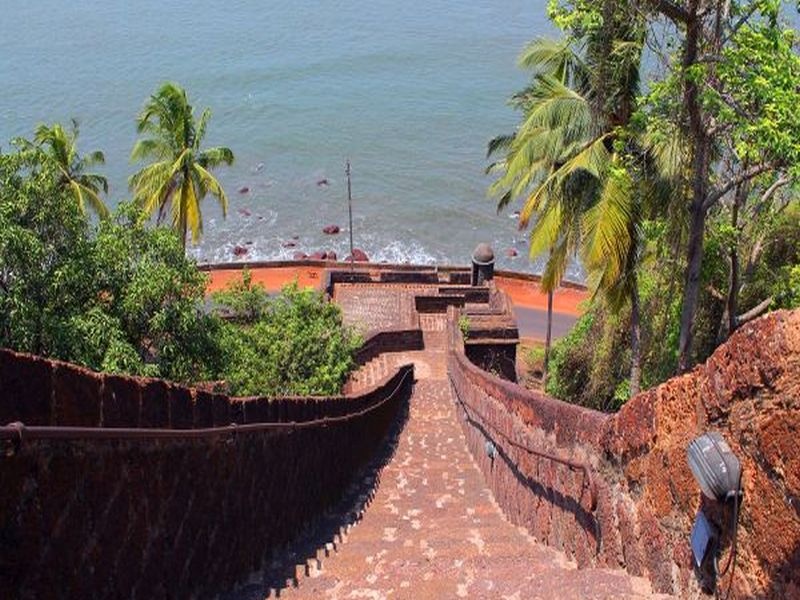
The best time to visit Reis Magos Fort is between the months of late October to February. Located in North Goa, this fort can be visited at any given time of the year.
However, these months are undoubtedly the best since the weather at this time is pleasant, cool as well as comfortable. Coming in just between the monsoon and summer months, October to February is the most favourable time to pay a visit to this amazing fort.
The monsoon season between June to October brings heavy downpours in the region, thereby making the sea quite unruly and rough. Additionally, it gets very humid at this point of time in the city, making it difficult to explore the fort comfortably.
Soon after February, lasting until May, comes the hot summer months in the region. These months are not only hot but also very humid when the temperatures soar above 40 degrees Celsius.



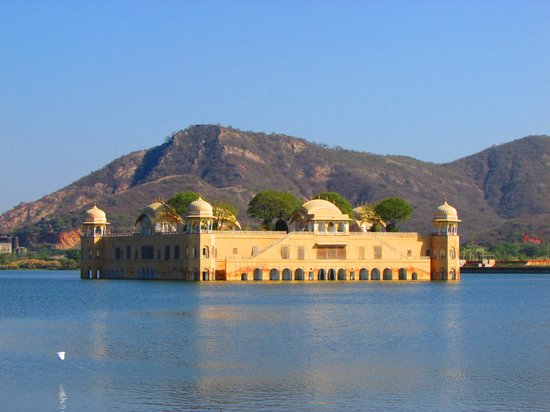
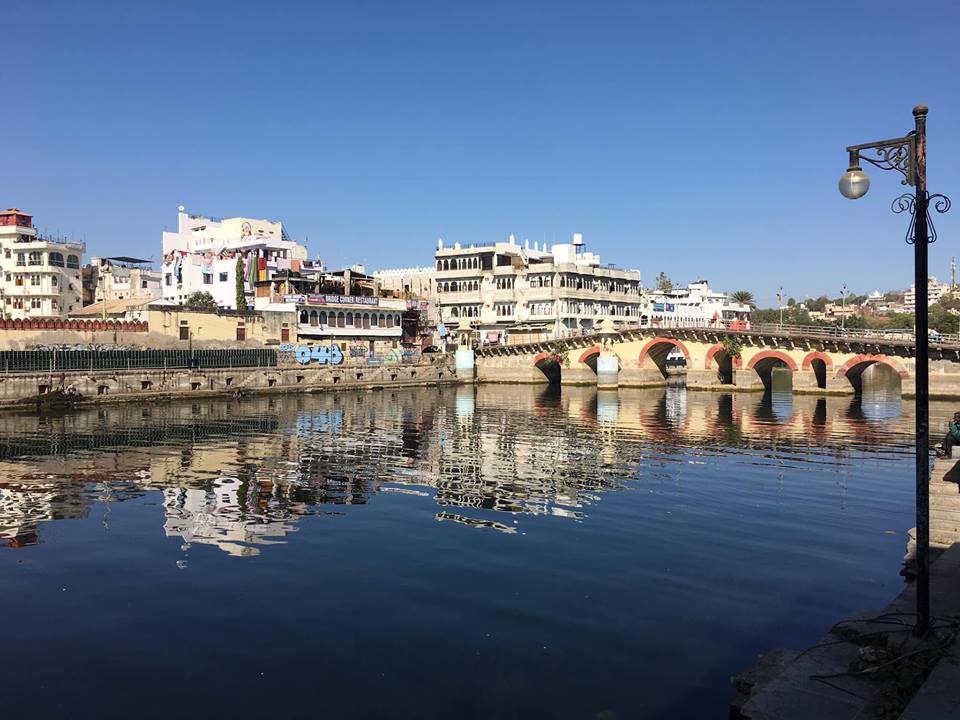
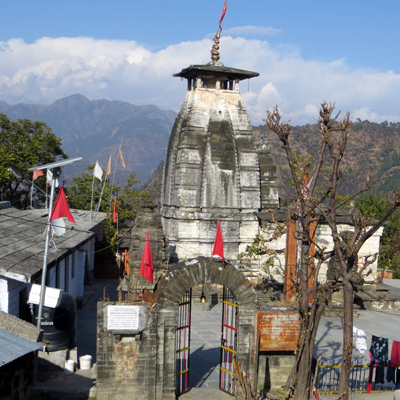

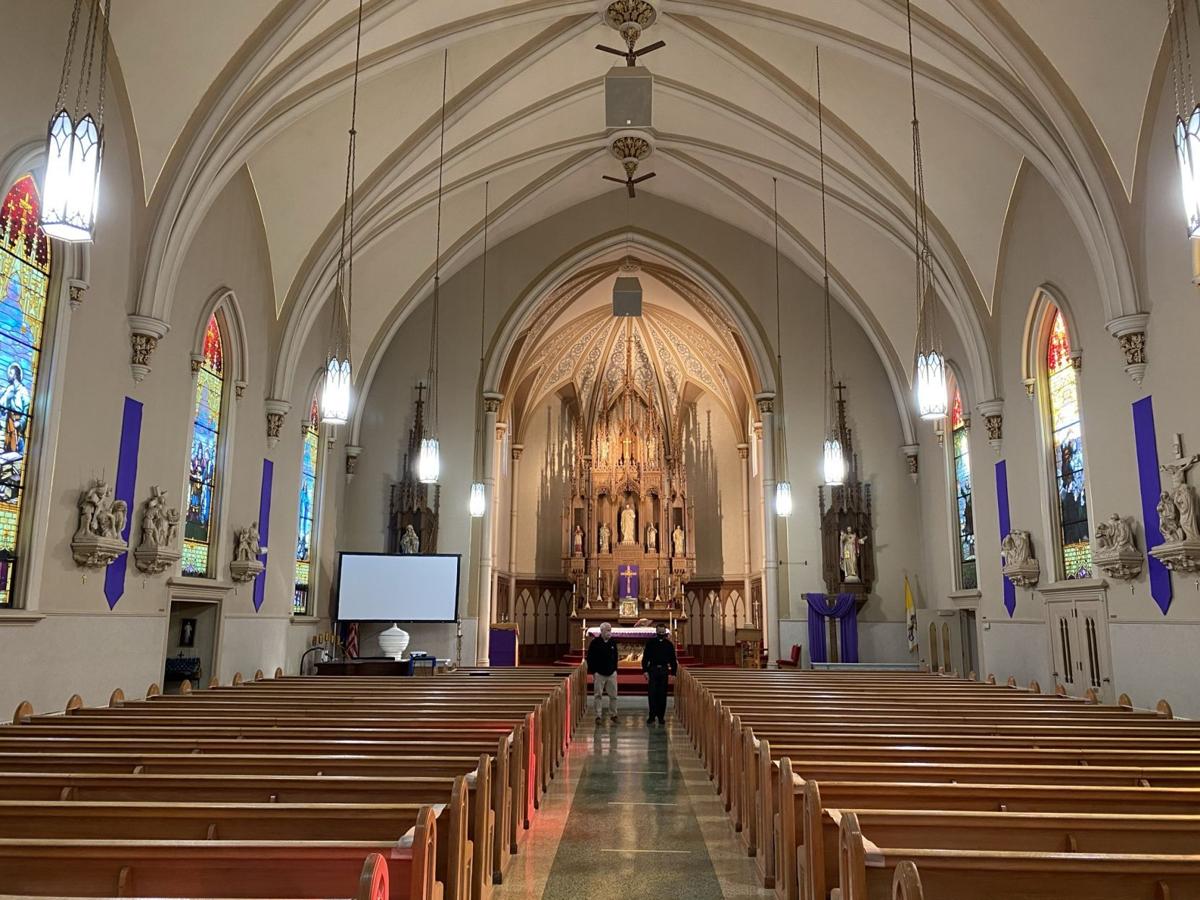

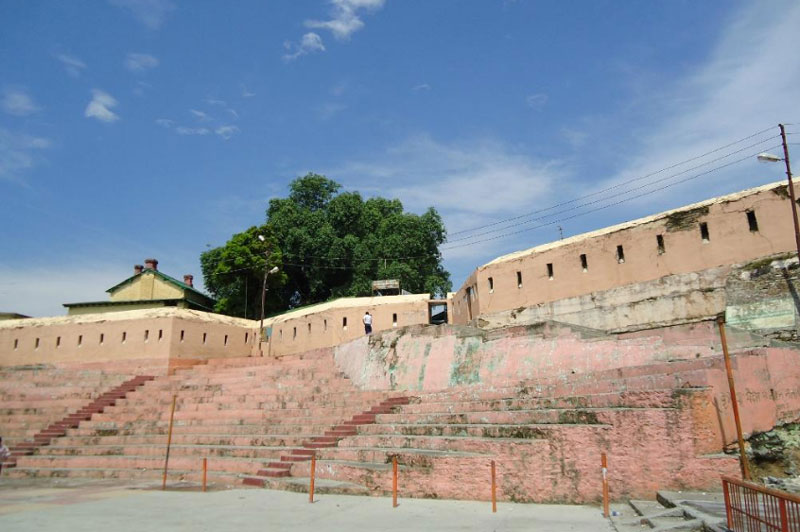



15 Comments
Comments are closed.